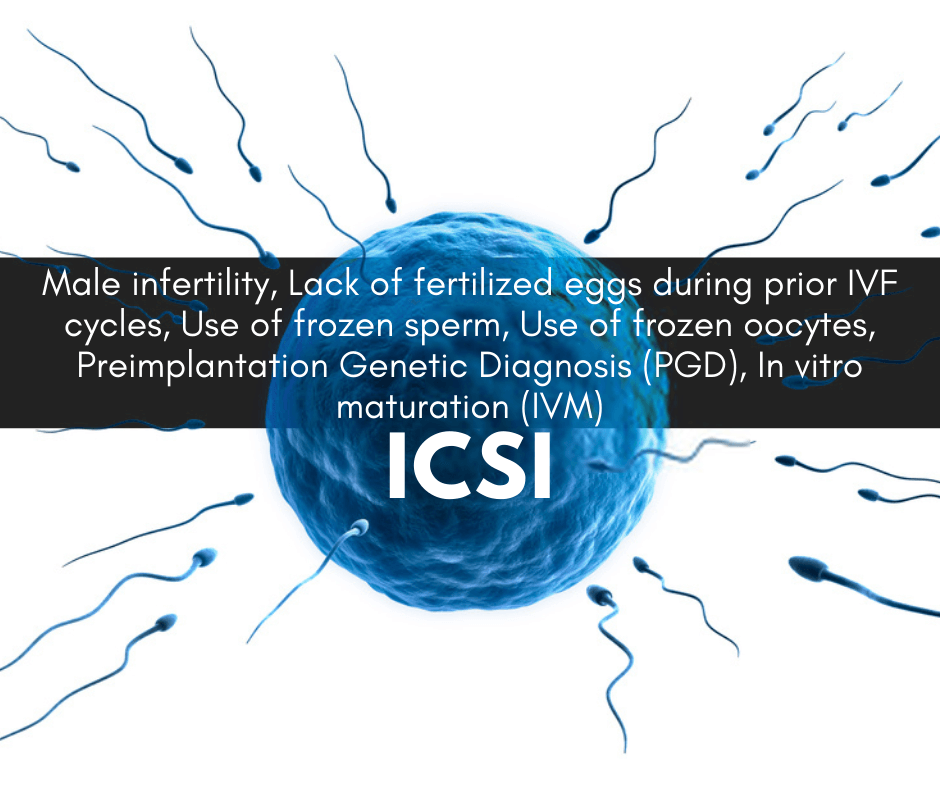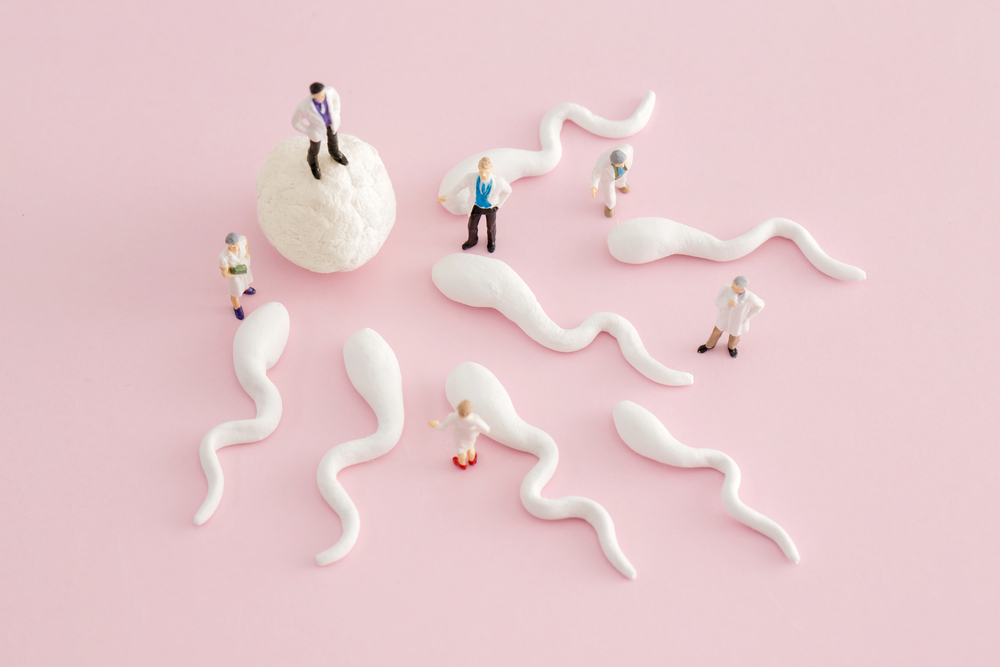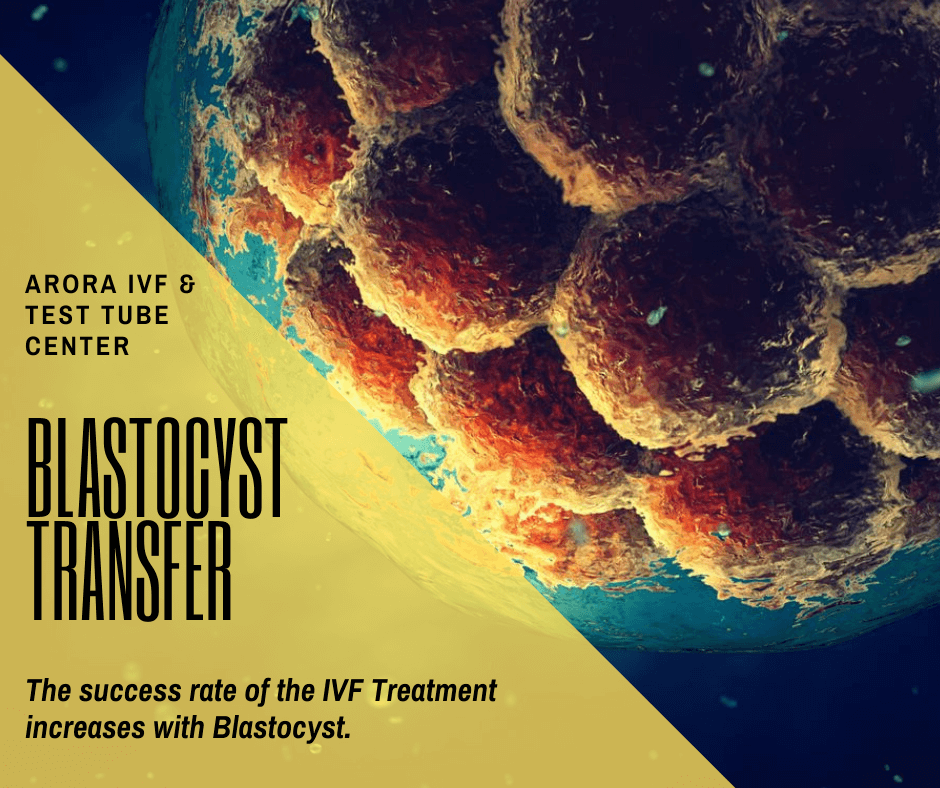What is IVF?
IVF stands for in vitro fertilization. It’s one of the more widely known types of assisted reproductive technology (ART). IVF works by using a combination of medicines and surgical procedures to help sperm fertilize an egg, and help the fertilized egg implant in your uterus.
First, you take medication that makes several of your eggs mature and ready for fertilization. Then the doctor takes the eggs out of your body and mixes them with sperm in a lab, to help the sperm fertilize the eggs. Then they put 1 or more fertilized eggs (embryos) directly into your uterus. Pregnancy happens if any of the embryos implant in the lining of your uterus.

ICSI
ICSI-IVF is a specialized form of in vitro fertilization that is used mostly commonly in cases of severe male infertility, after repeated failed fertilization attempts with conventional IVF, or after egg freezing (oocyte preservation). Pronounced ick-see IVF, ICSI stands for intracytoplasmic sperm injection. During regular IVF, many sperm are placed together with an egg, in hopes that one of the sperm will enter and fertilize the egg on its own. With ICSI-IVF, the embryologist takes a single sperm and injects it directly into an egg.

IUI
IUI stands for in intrauterine insemination. It’s also sometimes called donor insemination, alternative insemination, or artificial insemination. IUI works by putting sperm cells directly into your uterus around the time you’re ovulating, helping the sperm get closer to your egg. This cuts down on the time and distance sperm has to travel, making it easier to fertilize your egg. Before having the insemination procedure, you may take fertility medicines that stimulate ovulation. Semen is collected from your partner or a donor. It goes through a process called “sperm washing” that collects a concentrated amount of healthy sperm from the semen. Then your doctor puts the sperm right into your uterus. Pregnancy happens if sperm fertilizes your egg, and the fertilized egg implants in the lining of your uterus.

Blastocyst-stage extended culture
Blastocyst embryo transfer is a specialised In Vitro Fertilisation (IVF) technique in which an embryo that has been cultured to the blastocyst stage is transferred to the womb. It is at the blastocyst stage of development (five days after fertilisation) that an embryo would normally move out of the fallopian tube and into the uterus. Once in the uterus, the blastocyst starts to attach to the uterine lining in a process known as implantation. The advantage of attempting to grow embryos to the blastocyst stage is that they should have a greater chance of implantation because the phase of embryo development matches the uterine environment. As a result, fewer embryos can be replaced, which will minimise the risk of a multiple pregnancy.
